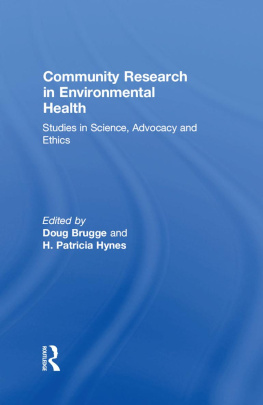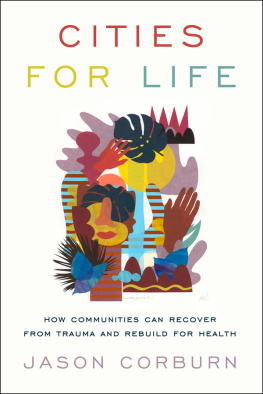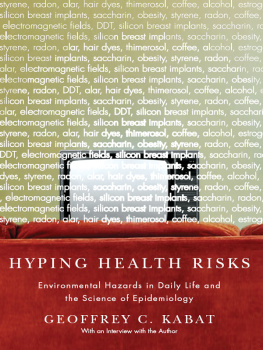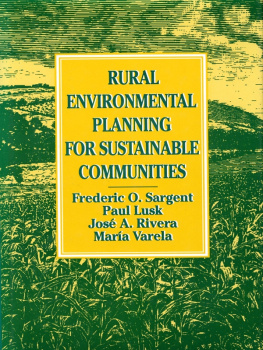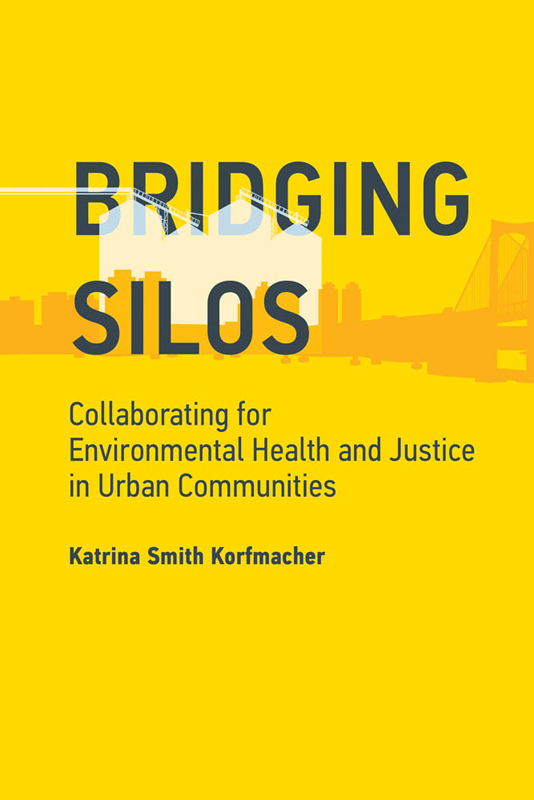Katrina Smith Korfmacher - Bridging Silos: Collaborating for Environmental Health and Justice in Urban Communities
Here you can read online Katrina Smith Korfmacher - Bridging Silos: Collaborating for Environmental Health and Justice in Urban Communities full text of the book (entire story) in english for free. Download pdf and epub, get meaning, cover and reviews about this ebook. year: 2019, publisher: MIT Press, genre: Politics. Description of the work, (preface) as well as reviews are available. Best literature library LitArk.com created for fans of good reading and offers a wide selection of genres:
Romance novel
Science fiction
Adventure
Detective
Science
History
Home and family
Prose
Art
Politics
Computer
Non-fiction
Religion
Business
Children
Humor
Choose a favorite category and find really read worthwhile books. Enjoy immersion in the world of imagination, feel the emotions of the characters or learn something new for yourself, make an fascinating discovery.

- Book:Bridging Silos: Collaborating for Environmental Health and Justice in Urban Communities
- Author:
- Publisher:MIT Press
- Genre:
- Year:2019
- Rating:5 / 5
- Favourites:Add to favourites
- Your mark:
Bridging Silos: Collaborating for Environmental Health and Justice in Urban Communities: summary, description and annotation
We offer to read an annotation, description, summary or preface (depends on what the author of the book "Bridging Silos: Collaborating for Environmental Health and Justice in Urban Communities" wrote himself). If you haven't found the necessary information about the book — write in the comments, we will try to find it.
Low-income and marginalized urban communities often suffer disproportionate exposure to environmental hazards, leaving residents vulnerable to associated health problems. Community groups, academics, environmental justice advocates, government agencies, and others have worked to address these issues, building coalitions at the local level to change the policies and systems that create environmental health inequities. In Bridging Silos, Katrina Smith Korfmacher examines ways that communities can collaborate across systems and sectors to address environmental health disparities, with in-depth studies of three efforts to address long-standing environmental health issues: childhood lead poisoning in Rochester, New York; unhealthy built environments in Duluth, Minnesota; and pollution related to commercial ports and international trade in Southern California.
All three efforts were locally initiated, driven by local stakeholders, and each addressed issues long known to the community by reframing an old problem in a new way. These local efforts leveraged resources to impact community change by focusing on inequities in environmental health, bringing diverse kinds of knowledge to bear, and forging new connections among existing community, academic, and government groups.
Korfmacher explains how the once integrated environmental and public health management systems had become separated into self-contained silos, and compares current efforts to bridge these separations to the development of ecosystem management in the 1990s. Community groups, government agencies, academic institutions, and private institutions each have a role to play, but collaborating effectively requires stakeholders to appreciate their partners diverse incentives, capacities, and constraints.
Katrina Smith Korfmacher: author's other books
Who wrote Bridging Silos: Collaborating for Environmental Health and Justice in Urban Communities? Find out the surname, the name of the author of the book and a list of all author's works by series.

